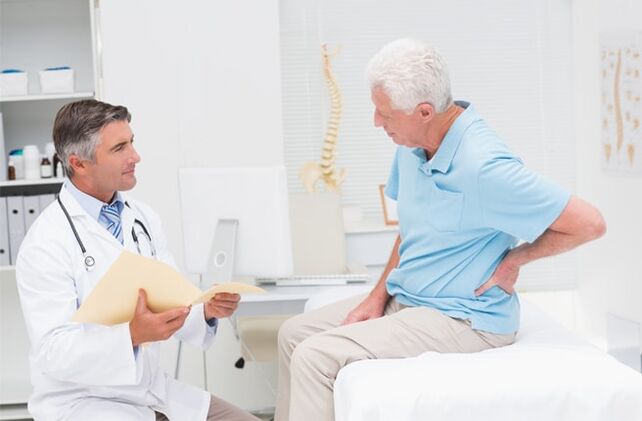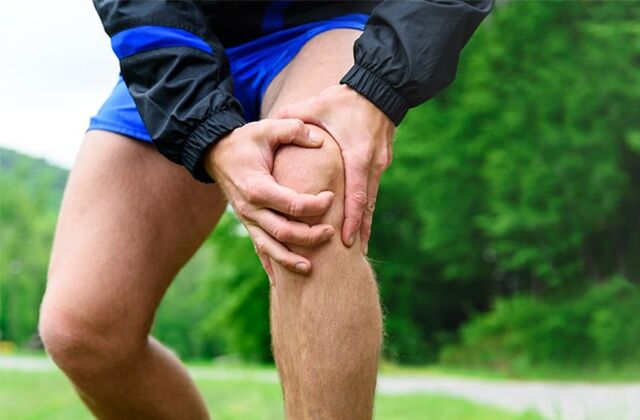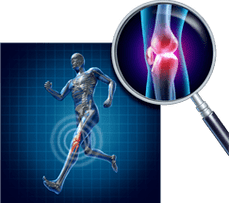Arthritis (osteoarthritis or deformed osteoarthritis (DOA) or deformed arthritis)- Joint disease affects articular cartilage in the initial stage, and then includes muscle, ligament, nerve, and bone tissue diseases in the pathological process.
Arthritis is a disease that develops for various reasons.These include metabolic disorders, injuries, drunkenness, etc.
Patients will often observe any joint disease of pain, mobility limitations, and other unpleasant sensations in one or more joint areas, where this is not always the case.Osteoarthritis and its associated pain develop due to the “aging” of the joints, which can be caused by infection and injury due to various negative factors, and in these cases we are talking about other pathology.
Statistics

Up to 70% of patients appointing general practitioners, therapists, neurologists, surgeons, rheumatologists complain about joint pain.Most of the time, these are pain in the lower back and large joint areas (knees, hips).All over the world, especially in Russia, up to 70% of long-term helpless osteoarthritis cases are osteoarthritis.There are many patients - 10% of patients with doctors due to advanced arthritis will be disabled and require ongoing assistance.Arthritis is one of the main reasons why a person starts too early from a complete social life, which is second only to coronary artery disease in statistics.
As age increases, the likelihood of developing joints increases: in 27% of cases occur in people over 50 years of age and in older people over 70, the prevalence is 97% due to the funding age-related load of the joint and the expiration of its normal function.
Causes and developments
The main factor in the development of arthritis is the violation of the nutrition of the articular cartilage, which leads to its destruction.Not so important, so this happens (large weight, professional exercise, work characteristics, hormonal diseases, congenital joint defects, etc.) and the results are the same: Results: Results:
- In articular cartilage, changes begin, resulting in loss of elasticity.In the thickness of the cartilage, microcracks appeared.
- The blood supply of the joints is disturbed, the production of joint fluid is reduced, and the joint mechanics changes.
- Then all articular structures, adjacent muscles and nerve ends are involved.
The listed degenerative disease causes the development of joint symptoms and the disease "starts" when the constant mechanical load of the joint (or joint) becomes a priori and triggers its destructive process.
symptom

Unlike other joint pathology, joint development has been for many years and for humans.When the body causes severe pain to problems in the joints, the pathological process has begun.
Pain is the main symptom of arthritis (osteoarthritis), and in the initial stages of pain, the pain is less expressed, weak, and more like discomfort.Unpleasant sensations in joints occur after loads occur independently without any medical or medicinal intervention, but they quickly become tangible and limit the usual human mobility.
Pain can occur at the beginning or beginning of the movement (for example, SO is called the "starting point"), for example, in the morning after sleep or in a position for a long time during the day, they pass through when they move.The joints also feature night breaks, which quickly decrease as the motor activity begins.Patients who have joint problems often say that eliminating unpleasant sensations, “rubbing bones”, “wake joints,” and often, this characterizes the condition very accurately.
Pain is not only due to disease in the joint itself.When all the components of the joint, muscles and nerve ends are involved in the process, the pain becomes diverse and painful: the nerves spread along the muscles spread along the nerves.The blood supply of joints, nerves, and muscles is disturbed and degenerates occur rapidly.
Temporary or constant limits on joint mobility (contracting) due to severe pathological changes in joints and muscle tissue.For example, with the joint nature of the hip joint, the shortening of the limb, the “skew” of the pelvis and the curvature of the spine occur.
In the initial stage, tightening in the joints is almost invisible, but as the disease progresses as it moves, the disease becomes constant.This symptom is psychologically involved in patients with arthritis, even more important than pain, because it indicates physical illness, body aging, and especially the musculoskeletal system.
In the later stages of the joint, joint deformation is related to the curvature of all joint surfaces, bone growth, reduced joint fluid volume, and subluxation of the joint.
stage
Depending on the severity of the symptoms, several stages of osteoarthrosis are distinguished.

In the first stage, there is no pain during rest, and during moderate loads they only occur after high loads (adaptation, weight transfer, run) or long static positions.A person does not experience restrictions and difficulties in movement. Drug treatment is not required.
In the second stage of pain, obvious and constant, it will soon appear under the influence of outrageous factors (long walking, physical exercise).The patient is limited in motion, the mobility of certain joints - knee, hip and others is sharply limited. Medical assistance is required, a treatment regimen should be prescribed, including drugs and non -drug methods.
In the third stage, the patient moves with difficulty, needs constant care, painful pain. As a rule, scientific treatment (endoprosthetics) and massive physics are necessary to restore the quality of life.
Symptoms of osteoarthritis appears already at a young age, and in this case it is necessary not to ignore them, but to consult a doctor. Timely prescribed treatment will support the normal function of the joints and help to avoid the rapid progress of the disease.




























